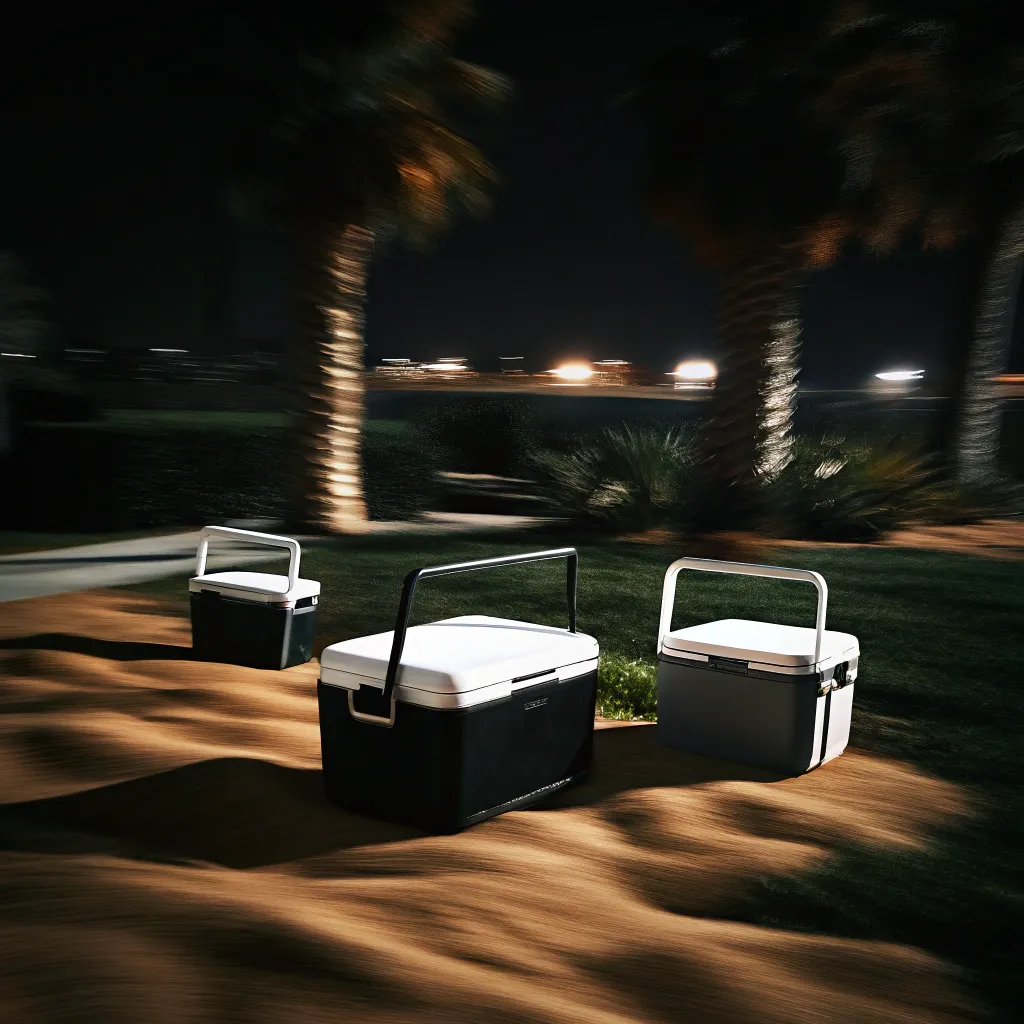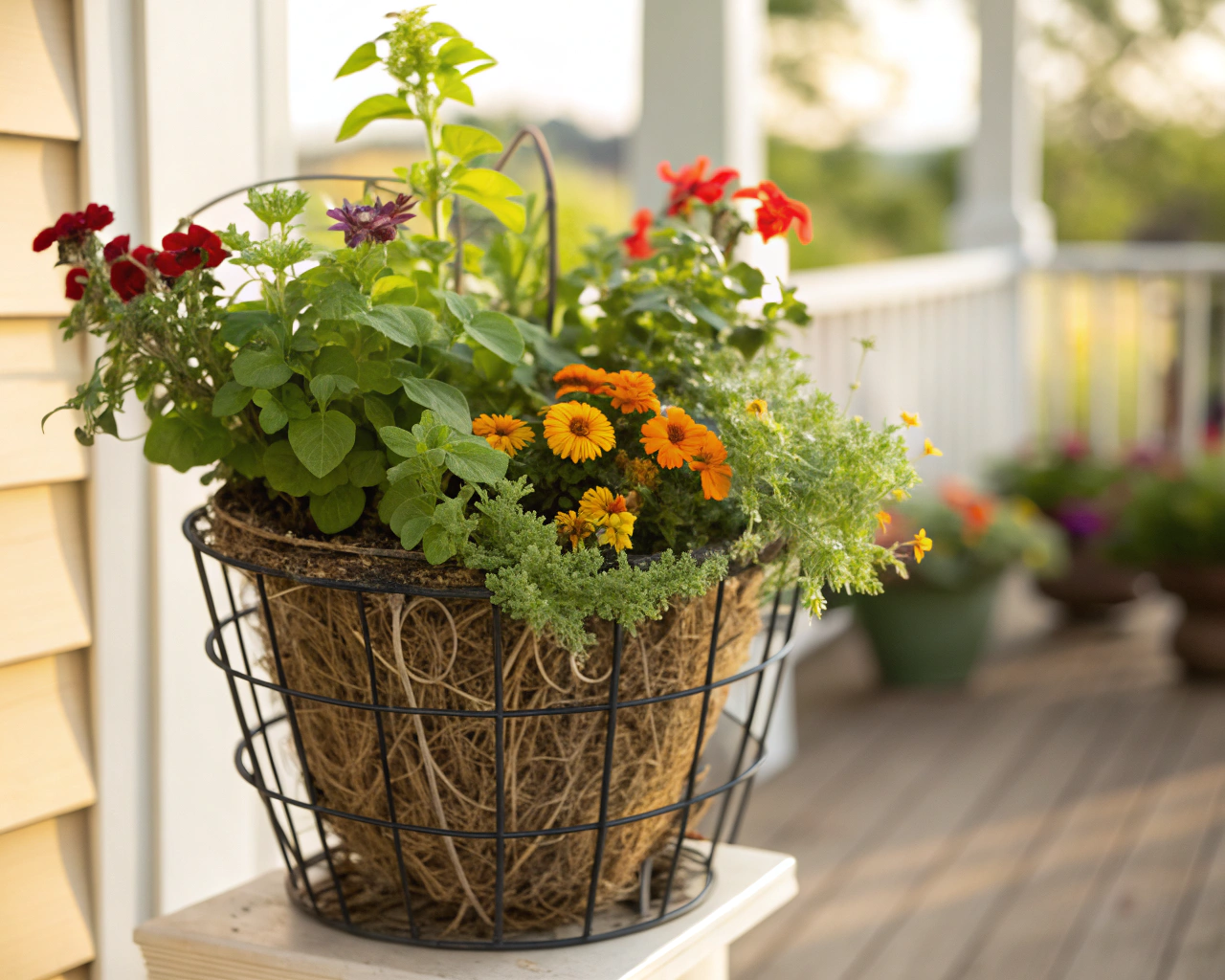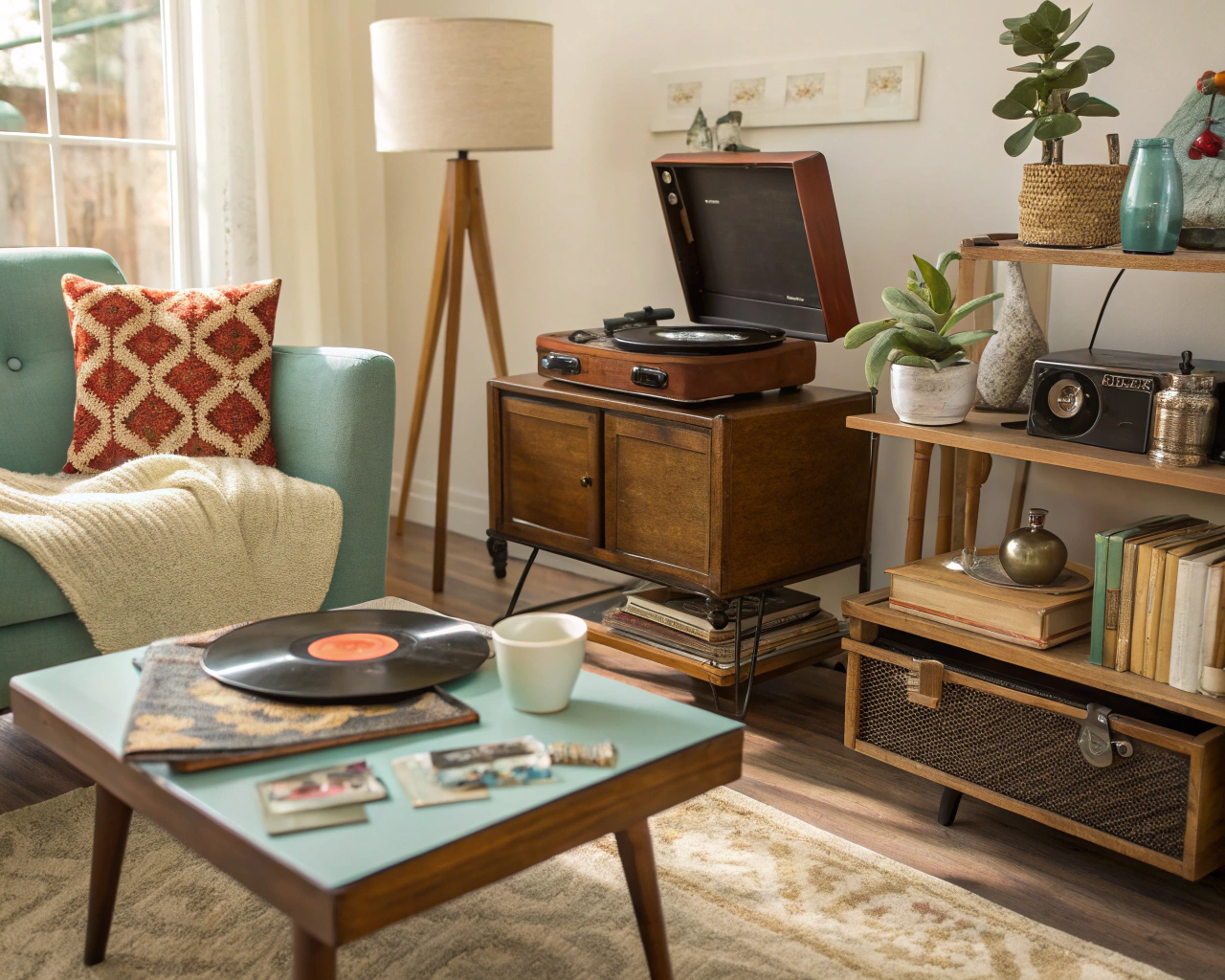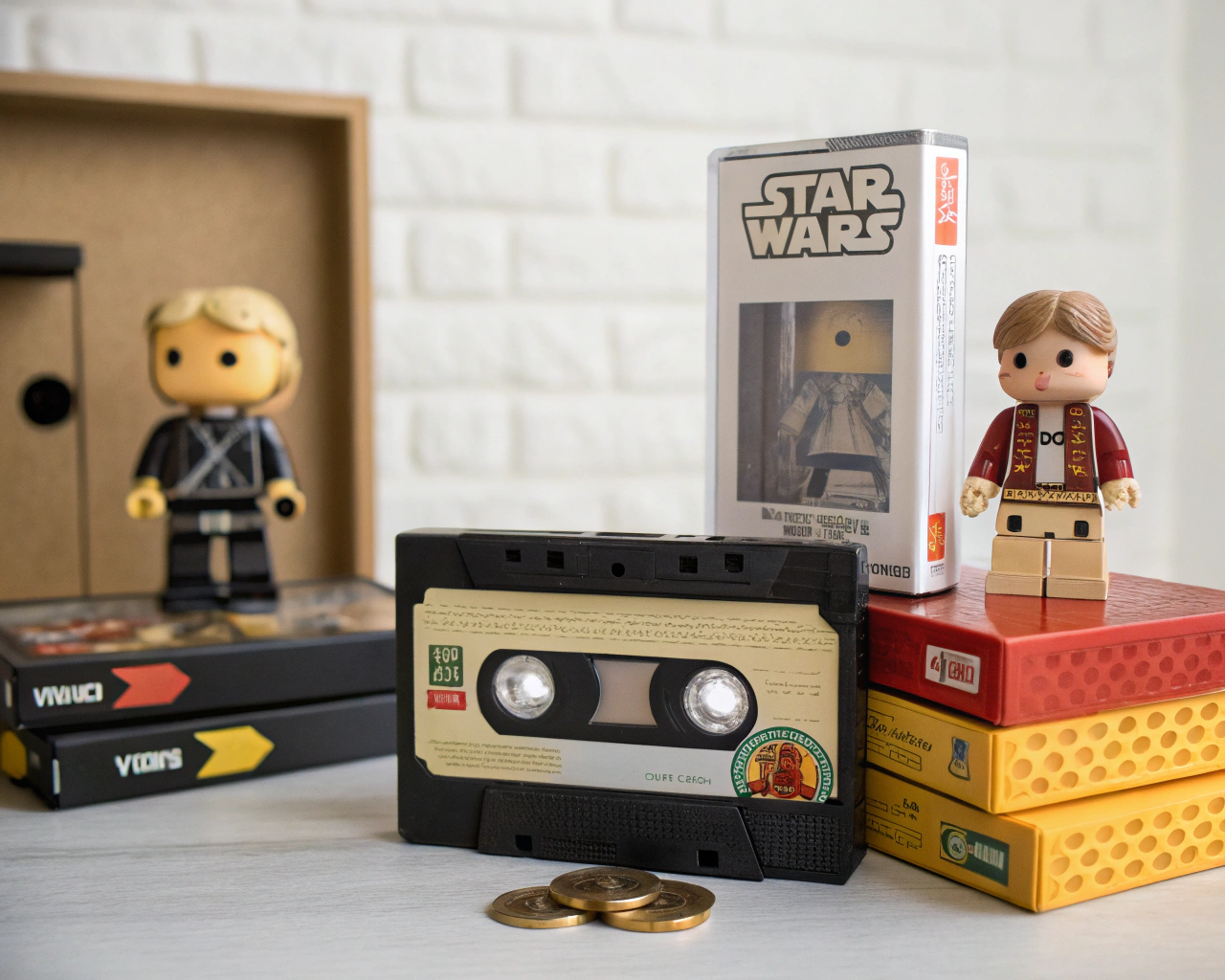Finding the perfect cooler for your outdoor adventures can make or break your experience, whether you're lounging at the beach or hosting a backyard barbecue. I've spent countless weekends testing various models this spring, and I'm ready to share what I've discovered about the latest portable coolers hitting the market in 2025.
How We Selected the Top Portable Coolers
Last month, I dragged a dozen different coolers to my local beach and several backyard gatherings to test their real-world performance. The sand got everywhere (still finding it in my car), but the results were worth it. I evaluated each cooler based on ice retention, portability, durability, and overall value.
Ice Retention: The Cold, Hard Facts
Nothing ruins a day faster than warm drinks and spoiled food. During testing, I filled each cooler with a standard amount of ice and monitored how long it took to melt under similar conditions.
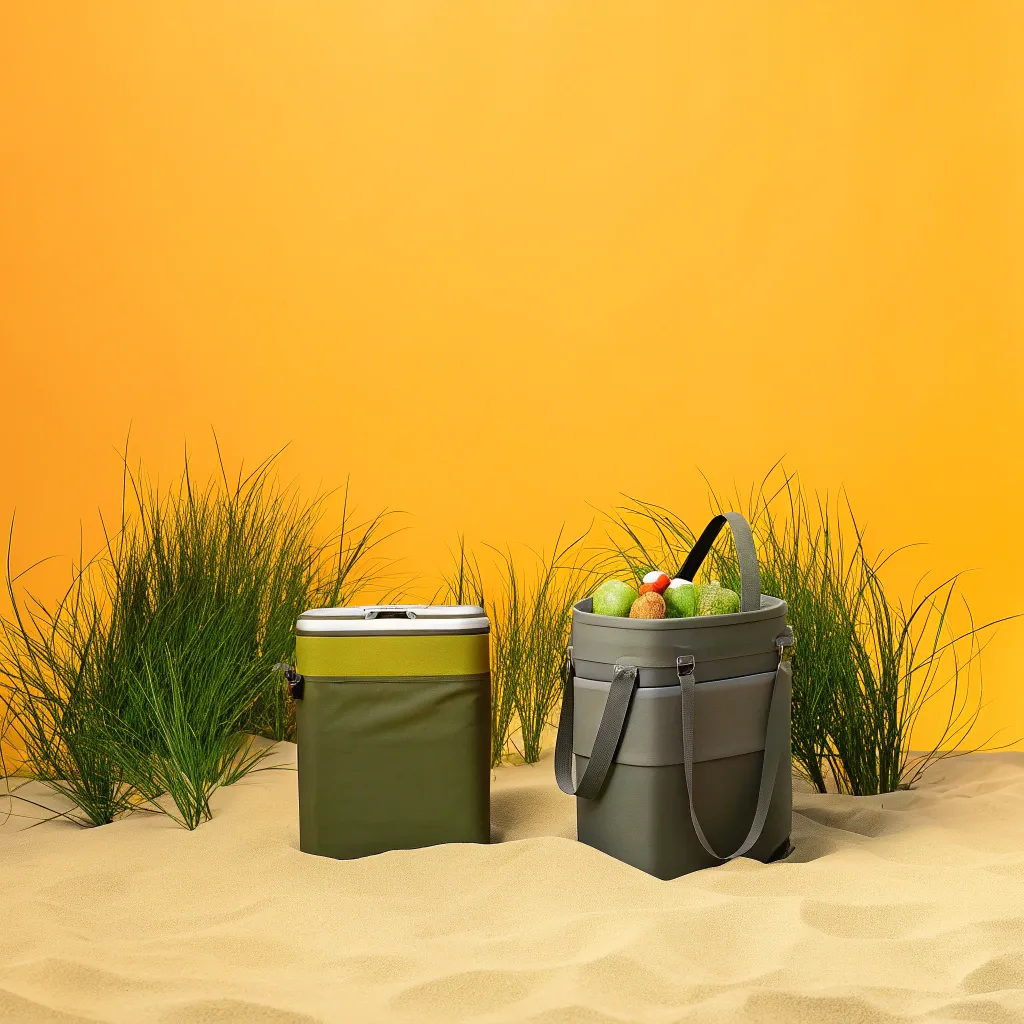
The high-end rotomolded coolers consistently outperformed traditional models, with the Yeti Roadie 48 maintaining ice for nearly 4 days in 80-degree weather. This wasn't surprising given its premium construction, but what did surprise me was how well some mid-range options performed.
The RTIC 52 Qt Ultra-Light managed to keep ice solid for almost 3 days, which is impressive considering it weighs about 40% less than comparable rotomolded models. For shorter outings, this weight difference might matter more than those extra hours of cooling.
Portability: Because Nobody Wants a Workout Just Getting to the Beach
Let's be honest—a cooler that keeps things cold for days isn't worth much if you throw your back out trying to move it. During testing, I paid special attention to:
- Weight when fully loaded
- Handle comfort
- Wheel quality (for wheeled models)
- Overall balance
The Coleman 62 Qt Xtreme wheeled cooler emerged as a standout for beach use. Its oversized wheels handled sand better than most, and the telescoping handle meant I didn't have to hunch over while pulling it across the parking lot.
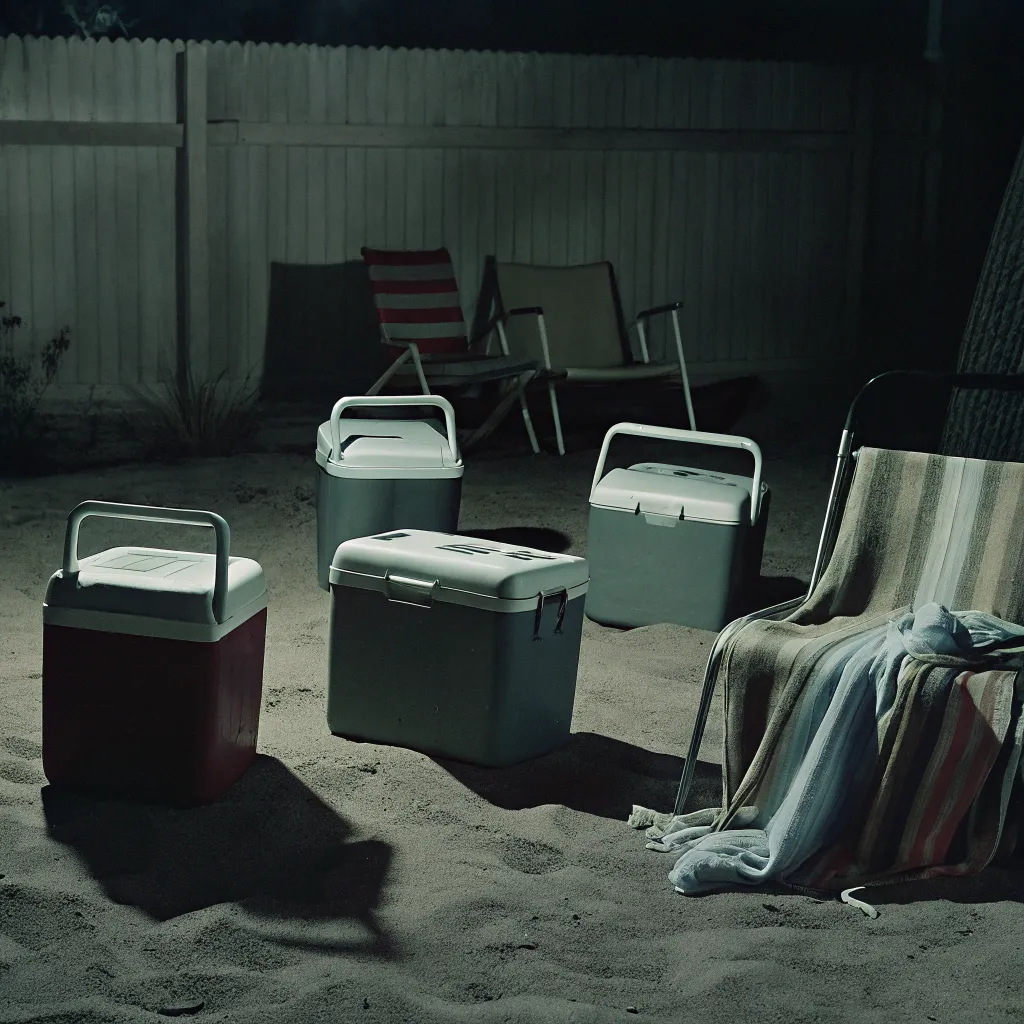
For backyard use, where terrain is more predictable, the BruMate BackTap deserves mention. This 3-gallon backpack cooler includes a built-in tap system that's perfect for serving drinks without opening the main compartment—a clever feature that kept contents colder during my afternoon cookout.
Top Picks for Beach Coolers in 2025
Beach coolers face unique challenges: sand, salt, intense sun, and often longer carrying distances. After testing, these models stood out:
Best Overall Beach Cooler: Yeti Roadie 48 Wheeled
The Yeti Roadie 48 with wheels is practically unstoppable on beach terrain. During testing, it rolled smoothly over soft sand where other wheeled coolers got stuck. The periscope handle extends high enough that I didn't have to stoop while pulling it.
What really sets it apart is the combination of excellent ice retention (nearly 4 days) with genuinely useful portability features. At $400, it's definitely an investment, but for frequent beachgoers, the durability suggests it'll last for many summers to come.
Best Budget Beach Cooler: Magellan Outdoors Pro Explore 50 Qt
I was genuinely surprised by the performance of the Magellan Outdoors Pro Explore. At around $120, it maintained ice for just over 2 days—not as long as premium models but more than adequate for a weekend beach trip.
The rubber T-latches are easier to operate with sandy hands than some competitors, and the built-in bottle opener came in handy more than once. The drain plug is slightly awkward to access when the cooler is full, but that's a minor complaint given the value.
Best Soft-Sided Beach Cooler: RTIC Soft Pack 30
For shorter beach trips where maximum portability matters more than multi-day ice retention, the RTIC Soft Pack 30 impressed me. It kept ice frozen for about 30 hours in my tests—plenty for a day at the beach with some buffer.
The wide shoulder strap distributes weight comfortably, and the exterior pocket is perfect for keeping your phone and keys sand-free. The zipper requires occasional lubrication (included with purchase), but operates smoothly when maintained.
Top Picks for Backyard Coolers in 2025
Backyard entertaining has different requirements than beach trips. Here, convenience features often matter more than extreme durability or ice retention.
Best Overall Backyard Cooler: RovR RollR 60
The RovR RollR 60 is like the Swiss Army knife of coolers. During testing, I was impressed by thoughtful features that made backyard entertaining easier:
- The built-in prep board that attaches to the lid
- A removable storage bin that keeps dry goods separated
- All-terrain wheels that handle grass and gravel paths effortlessly
- Anchor points for attaching accessories like cup holders
Ice retention was excellent at 3+ days, but what really made this cooler stand out was how it integrated into the backyard experience. The ability to customize it with accessories like a cutting board and cup holders made it the command center for my backyard gathering.
Best Budget Backyard Cooler: Coleman Xtreme 5 70Qt
Not everyone needs premium features, and the Coleman Xtreme 5 delivers impressive performance at around $70. In my tests, it kept ice for just over 2 days, which is plenty for weekend backyard events.
The lid supports up to 250 pounds, effectively doubling as extra seating. Cup holders molded into the lid are a simple but useful touch for backyard use. While the plastic hardware won't last as long as rubber T-latches on premium models, the value is undeniable.
Why Are Some Coolers So Expensive?
I've had friends ask why anyone would spend $400 on a cooler when you can get one for $50. After testing dozens of models, I can tell you the difference is real—but whether it matters depends on your needs.
Premium coolers use rotomolded construction, which creates a seamless, highly durable shell with superior insulation. The hardware (hinges, latches, handles) is typically replaceable and designed to withstand years of use. Many come with warranties ranging from 3 years to lifetime.
That said, if you're only using a cooler occasionally for backyard gatherings where you'll replenish ice as needed, a mid-range model might be the smarter choice. I found several options in the $100-150 range that performed admirably for typical weekend use.
How Do I Maximize Ice Retention in Any Cooler?
During testing, I discovered that proper preparation can dramatically improve performance, even for budget coolers:
- Pre-chill your cooler by filling it with ice several hours before use
- Use block ice instead of (or in addition to) cubed ice
- Fill empty spaces with crumpled newspaper or towels
- Keep the cooler in shade whenever possible
- Limit how often you open the lid (each opening lets cold air escape)
- Drain meltwater only if you're adding fresh ice
Using these techniques, I was able to extend ice retention by almost 24 hours in some models compared to casual, unprepared use.
What About Electric Coolers?
Electric coolers are gaining popularity, and I tested several alongside traditional ice coolers. Models like the Dometic CFX3 45 impressed me with their ability to maintain precise temperatures without ice, but they come with limitations:
- They require power (vehicle, portable battery, or shore power)
- They're typically heavier than comparable non-electric coolers
- The good ones start around $800
For beach use, I found traditional ice coolers more practical unless you're parking very close to your spot. For backyard use, electric models make more sense since power is usually available.
Which Cooler Size Is Right for Me?
This is where I made a mistake last summer—buying a cooler that was bigger than I needed, making it unnecessarily heavy and bulky. Here's a quick guide based on my experience:
- 20-30 quarts: Good for 2 people for a day (drinks and light snacks)
- 45-55 quarts: Ideal for a family day trip or couple's weekend
- 60-70 quarts: Great for group gatherings or family weekends
- 75+ quarts: For extended trips or large gatherings
Remember that larger isn't always better—a properly filled cooler performs better than one that's half empty. I've found the sweet spot for most beach days and backyard gatherings is around 45-60 quarts for my family of four.
Finding the right portable cooler comes down to how you'll use it most often. The premium models certainly deliver on their promises, but there are excellent options at every price point depending on your specific needs. Whether you're headed to the beach or just setting up in the backyard, the perfect cooler for your 2025 adventures is out there.

